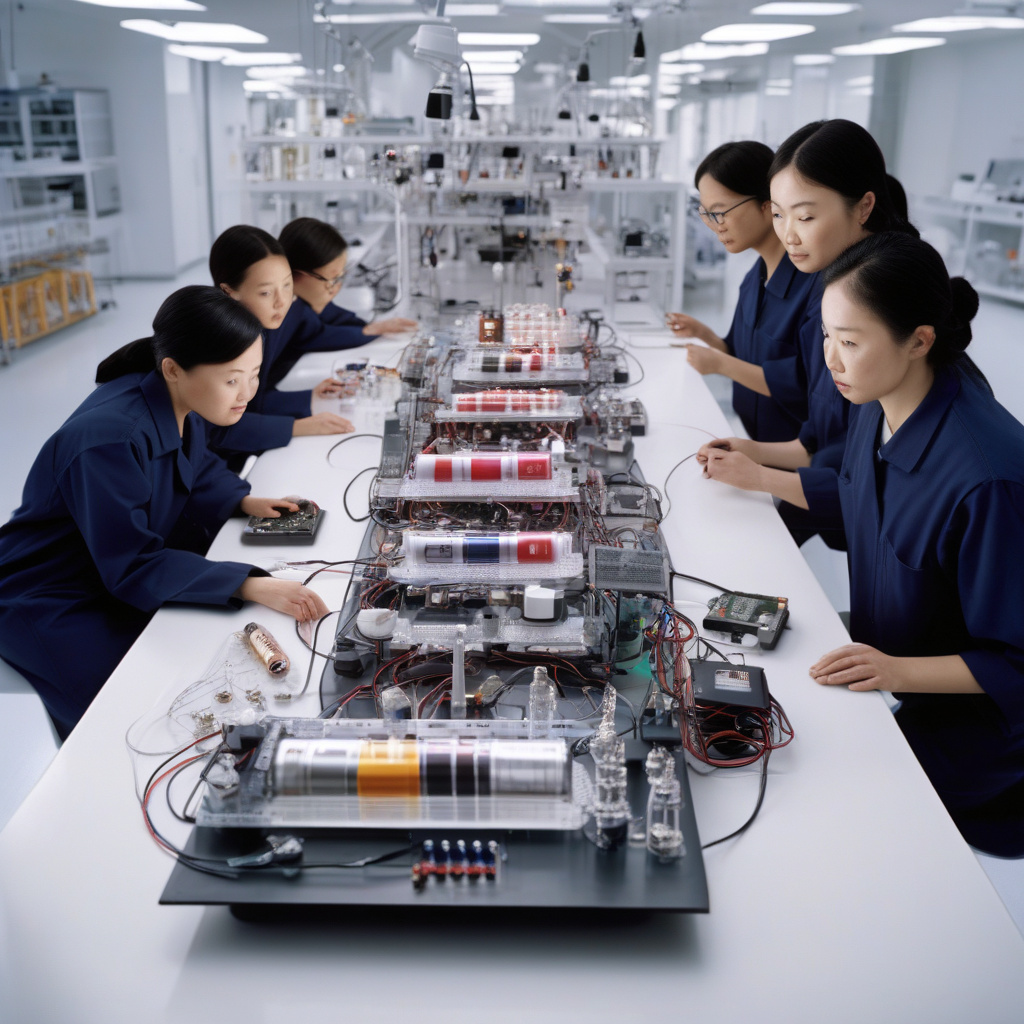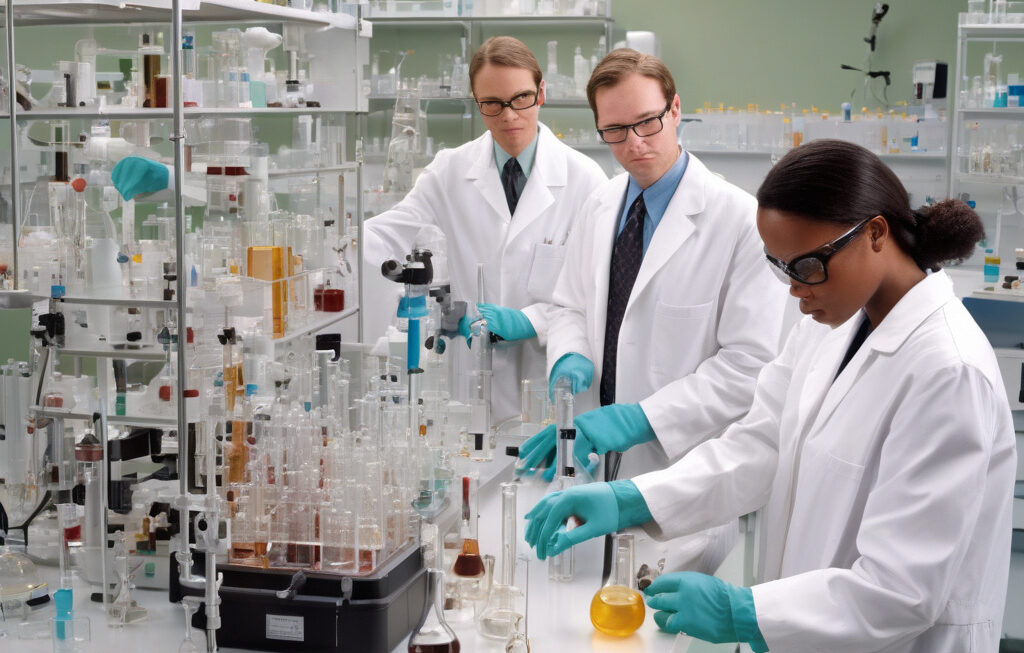Revolutionizing Battery Lifespan: US, China Scientists Achieve 100% Voltage Recovery
A collaborative effort between researchers at the Ningbo Institute of Materials Technology and Engineering (NIMTE) in China and the United States has yielded a groundbreaking development in the realm of battery technology. The team of scientists has successfully achieved a remarkable 100% voltage recovery in aging batteries, a feat that could potentially double the lifespan of these essential energy storage devices.
Batteries are ubiquitous in our modern world, powering everything from smartphones to electric vehicles. However, one of the biggest challenges with batteries is their limited lifespan. Over time, batteries degrade, losing their capacity to hold a charge and deliver power efficiently. This degradation not only leads to decreased performance but also contributes to electronic waste, as old batteries are often discarded and replaced.
The breakthrough achieved by the US-China research collaboration addresses this critical issue. By developing a novel method to restore the voltage of aging batteries to 100% of their original capacity, the scientists have effectively extended the lifespan of these energy storage devices. This means that batteries could now last twice as long as before, offering significant benefits in terms of cost savings, environmental impact, and overall convenience.
The implications of this achievement are far-reaching. Extended battery lifespan could revolutionize industries that rely heavily on battery technology, such as electric vehicles, renewable energy systems, and portable electronics. In the automotive sector, for example, longer-lasting batteries could accelerate the shift towards electric vehicles by alleviating concerns about battery degradation and replacement costs. Similarly, in the renewable energy sector, improved battery longevity could enhance the efficiency and reliability of energy storage systems, enabling greater integration of solar and wind power into the grid.
Moreover, the environmental benefits of increased battery lifespan are significant. By reducing the frequency of battery replacements, this breakthrough could help minimize the environmental impact of battery manufacturing and disposal. With the global push towards sustainability and green technologies, innovations that promote resource efficiency and waste reduction are more important than ever.
The success of the US-China research collaboration underscores the power of international cooperation in driving scientific progress. By pooling their expertise and resources, the scientists involved in this project were able to achieve a breakthrough that holds immense promise for the future of battery technology. This collaborative approach to innovation serves as a model for addressing complex challenges that transcend national boundaries and require a concerted global effort.
As the research findings are further developed and commercialized, the potential impact on various industries and everyday consumers is substantial. Imagine a world where your smartphone battery retains its full capacity after years of use, or where electric vehicles can travel longer distances on a single charge. With advancements like the 100% voltage recovery technology pioneered by the US-China research team, this vision is no longer a distant possibility but a tangible reality on the horizon.
In conclusion, the achievement of 100% voltage recovery in aging batteries by US and China scientists represents a major milestone in the advancement of battery technology. By doubling the lifespan of batteries and addressing key challenges related to degradation and efficiency, this breakthrough has the potential to transform multiple industries and contribute to a more sustainable future. As we witness the impact of this innovation unfold in the coming years, one thing is clear: the future of energy storage is brighter than ever.
battery, technology, innovation, sustainability, research











